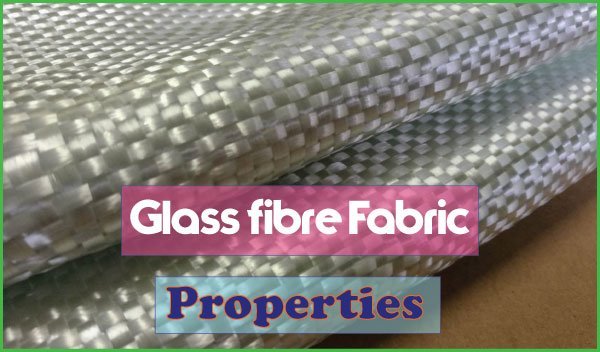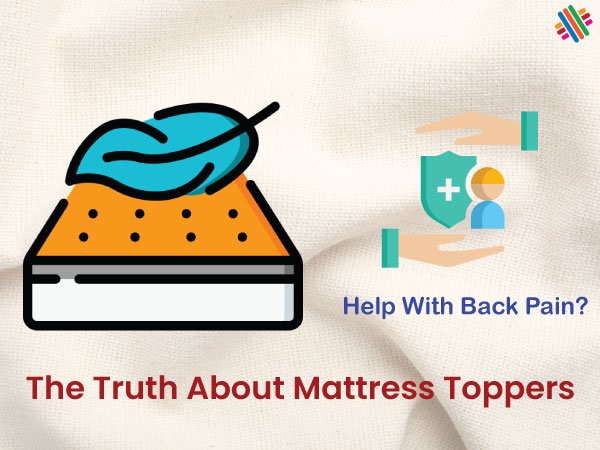Properties of Glass fibre Fabrics
Last updated on July 14th, 2023 at 10:33 pm
Most glass fibre fabrics for consumer purposes have been made of filament yarns. Since all glass fibres are produced in the same general manner from similar ingredients, the fibre used for similar purposes has similar properties. In fact, the designation of this fibre is more frequently expressed as fibreglass.

General Properties of Fibreglass Fabric
Glass fibre is a reinforced plastic material composed of fine fibers of glass embedded in a resin matrix. It is a versatile material known for its strength, durability, and insulation properties. But here are some key properties of glass fiber fabric:
- Strength
- Elasticity
- Resilience
- Drapability
- Heat Conductivity
- Absorbency
- Cleanliness and Washability
- Effect of Bleaches
- Shrinkage
- Effect of Heat
- Effect of Light
- Resistance to Mildew
- Resistance to Insects
- Reaction to Alkalies
- Reaction to Acids
- Affinity for Dyes
- Resistance to Perspiration
Strength
This fibre is second only to Kevlar aramid as the strongest as equivalent diameters of stainless steel. However, because glass cuts into glass as the yarns slide and rub over each other and are flexed, the filaments roughen and break and the fabric becomes hairy. This will also occur when glass fibre draperies, for example, rub against rough objects such as window sills or radiators.
Elasticity
This fibre is virtually inelastic. Being the least elastic of all textiles has obvious disadvantages for clothing, but when used for draperies and curtains, such fabrics will not stretch or sag out of shape.
Resilience
The lack of elasticity has no effect on the flexibility and wrinkle resistance of glass fibre fabrics. With the aid of certain finishes, this fabric has good wrinkle-resistance qualities.
Drapability
The fine fibres have excellent flexibility and pliability and can be woven into fabrics of excellent draping quality, particularly when given the proper finish. These fabrics can be easily sewed by hand or by machine with good quality mercerized cotton thread, using a sharp needle, a long stitch, and low tension.
Heat Conductivity
As with ordinary glass, yarns made of this fibre are good conductors of heat.
Absorbency
This fibre is not absorbent – a property that represents both advantages and disadvantages. Being non-absorbent, these fabrics are water-repellent and, in general, unaffected by water. This quality makes glass fibre unsuitable for the clothing worn next to the skin because perspiration and humidity make the fabric uncomfortable.
Cleanliness and Washability
This fibre fabric’s smoothness makes it a clean fabric. Dirt and dust do not cling as readily to such fabrics as to rough materials. The cleaning of these fabrics is simple and quick. They may be wiped clean with a damp cloth. If complete immersion in water is desired, the temperature of the water and the soap or detergent used is immaterial, since these factors will not affect glass fibre fabrics. No strenuous agitation of the fabrics is necessary because the dirt comes off easily. The cloth will dry just as fast as the water will evaporate off the surface. If the fabrics are hung properly while wet, ironing is unnecessary.
Effect of Bleaches
This fibre is unaffected by bleaches; bleaching is in fact unnecessary since this fibre does not discolour.
Shrinkage
This fibre is dimensionally stable. It will not shrink because it is unaffected by water.
Effect of Heat
This fibre is highly resistant to heat and will not burn. The types available for general consumer use begin to lose strength at above 6000 F, and they soften above 13500 F.
Effect of Light
Sunlight has no effect on glass fibre fabrics. This makes them useful for outdoor purposes, such as awnings, as well as for such decorative fabrics as curtains and draperies.
Resistance to Mildew
This fibre is unaffected by mildew, but the binder or resin used to finish or size such a fabric may be attacked by mildew.
Resistance to Insects
Moths and other insects do not attack glass fibre.
Reaction to Alkalies
This fibre is resistant to most alkalies.
Reaction to Acids
This fibre is damaged only by hydrofluoric and hot phosphoric acids.
Affinity for Dyes
Since this fibre is not absorbent, it cannot take dyes by ordinary methods. Colonizing provides good fastness. A technique for glass yarn dyeing has been developed to give the yarn desired colour depth as in other textile fibres. Special methods are used to bind the colour to the surface of the fabric. Another procedure adds colour to the molten glass before fibres are formed, providing a limited number of colours.
Resistance to Perspiration
This fibre is unaffected by perspiration.



